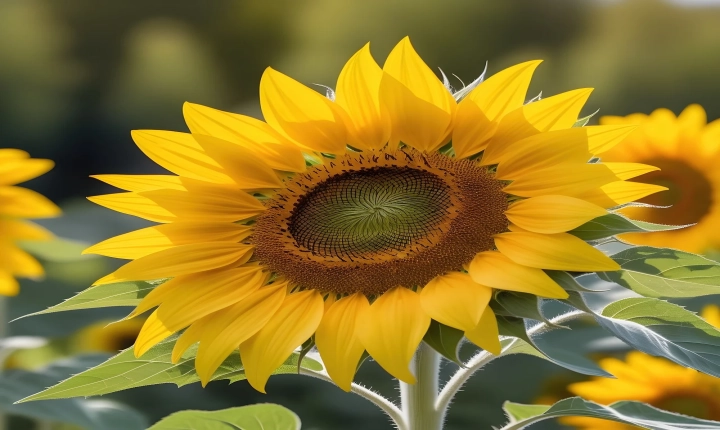Title: How to Become an AI Artist: A comprehensive guide
Artificial Intelligence (AI) has made significant strides in recent years, and its impact on various industries, including the arts, is becoming increasingly apparent. The intersection of AI and art has opened up new opportunities for creativity and expression, leading to the emergence of AI artists who are harnessing the power of machine learning and algorithms to create compelling and thought-provoking art.
If you have a passion for art and a fascination with AI, becoming an AI artist can be a fulfilling and rewarding journey. In this article, we will explore the essential steps and considerations for aspiring AI artists to embark on this exciting path.
1. Understand the Intersection of AI and Art:
Before delving into the technical aspects of AI art creation, it is crucial to develop a foundational understanding of how AI and art intersect. Explore the work of established AI artists and study the various ways in which AI is being used to produce art, whether through generative adversarial networks (GANs), style transfer algorithms, or other AI-driven techniques. Familiarize yourself with the principles of machine learning and deep learning, as well as the tools and platforms commonly used in AI art creation.
2. Acquire Technical Skills:
As an AI artist, you will need to acquire proficiency in programming languages such as Python and frameworks like TensorFlow and PyTorch, which are widely used for implementing machine learning algorithms. Additionally, gaining expertise in image processing, neural networks, and data visualization will be invaluable in creating AI-generated artwork. There are numerous online resources, tutorials, and courses available to help you develop the technical skills required for AI art creation.
3. Experiment with AI Tools and Software:
Experimentation is at the core of AI art creation. Familiarize yourself with AI-powered creative tools and software that enable you to explore the possibilities of generative art, style manipulation, and interactive experiences. Platforms such as RunwayML, DeepArt, and Google’s DeepDream offer accessible entry points for artists to start working with AI-generated imagery and explore the potential of AI as a creative collaborator.
4. Embrace Collaboration and Community:
AI art creation thrives on collaboration and community engagement. Engage with other AI artists, researchers, and enthusiasts through online forums, social media, and art exhibitions dedicated to AI-generated artwork. By participating in the AI art community, you can gain insights, feedback, and support that will contribute to your growth and development as an AI artist.
5. Cultivate a Conceptual and Ethical Understanding:
As you embark on your journey as an AI artist, it is essential to cultivate a conceptual understanding of the intersection between technology, creativity, and ethics. Consider the implications of AI-generated art in the context of authorship, originality, and the evolving relationship between humans and machines. Explore the ethical considerations surrounding AI art, including issues of bias, privacy, and the responsible use of AI technology in the creative process.
6. Develop a Unique Voice and Aesthetic:
While AI can facilitate the creation of art, it is crucial for AI artists to cultivate their unique voice and aesthetic. Your artistic vision and conceptual framework will play a significant role in shaping the AI-generated artwork you produce. Experiment with blending traditional artistic practices with AI techniques to create a distinctive and compelling artistic expression that reflects your vision and worldview.
7. Showcase and Exhibit Your Work:
Once you have developed a body of AI-generated artwork, consider showcasing and exhibiting your work in art galleries, digital platforms, and AI art festivals. Sharing your creations with diverse audiences can open up opportunities for collaboration, recognition, and professional growth as an AI artist.
In conclusion, becoming an AI artist involves a blend of technical skill development, conceptual exploration, and a deep understanding of the evolving relationship between AI and art. By embracing creativity, collaboration, and ethical considerations, aspiring AI artists can harness the potential of AI to push the boundaries of artistic expression and contribute to the growing field of AI-generated art.
Ultimately, the journey of becoming an AI artist is an opportunity to engage with cutting-edge technologies and redefine the landscape of contemporary art, offering a new lens through which to explore and interpret the complexities of our increasingly AI-driven world.
